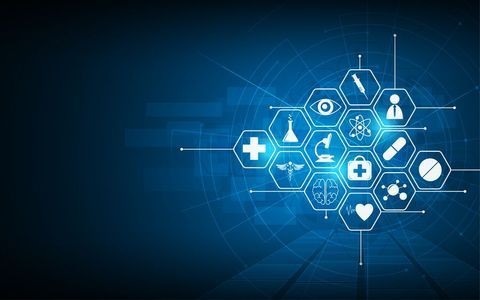Supreme Court Rules in Favor of Health Plans in Landmark $13 Billion Affordable Care Act Case
Client Alert | 1 min read | 04.28.20
On April 27, the U.S. Supreme Court issued a decision in Maine Cmty. Health Options et al v. United States, ruling in favor of Maine and companion insurers in the long running Affordable Care Act §1342 “risk corridors” litigation, and confirming the government’s obligation to pay insurers approximately $13 billion for their work related to the ACA. Under the risk corridors program, the government and the health plans shared risk during the first three years of the ACA exchanges, and had reciprocal statutory payment obligations; however, after the health plans performed, the government refused to make full payment, arguing that Congress’ refusal to appropriate funds vitiated the government’s payment obligation. Reversing the Federal Circuit, the Supreme Court held that the statute contained an unambiguous payment mandate, which was not repealed or otherwise suspended by Congress’ failure to make appropriations available. While a failure to appropriate funds prevents agencies from making the payment, the failure does not relieve the United States of its obligation to pay. Speaking for the majority, Justice Sonia Sotomayor wrote: “These holdings reflect a principle as old as the Nation itself: The Government should honor its obligations. Soon after ratification, Alexander Hamilton stressed this insight as a cornerstone of fiscal policy. ‘States,’ he wrote, ‘who observe their engagements . . . are respected and trusted: while the reverse is the fate of those . . . who pursue an opposite conduct.’” C&M partner Steve McBrady called the decision “important” noting that it “cements bedrock principles of fairness into money mandating statute jurisprudence.” Crowell & Moring represented Maine Community Health Options.
Contacts
Insights
Client Alert | 10 min read | 12.24.25
Since the signing of Executive Order 14187 (“Protecting Children from Chemical & Surgical Mutilation”) in late January 2025, the Trump Administration has made its skeptical stance on gender-affirming care—especially regarding services provided to minors—clear.
Client Alert | 3 min read | 12.24.25
Keeping it Real: FTC Targets Fake Reviews in First Consumer Review Rule
Client Alert | 5 min read | 12.23.25
An ITAR-ly Critical Reminder of Cybersecurity Requirements: DOJ Settles with Swiss Automation, Inc.
Client Alert | 2 min read | 12.23.25
Record-Setting False Claims Act Settlement Highlights DOJ Commitment to Customs Enforcement







